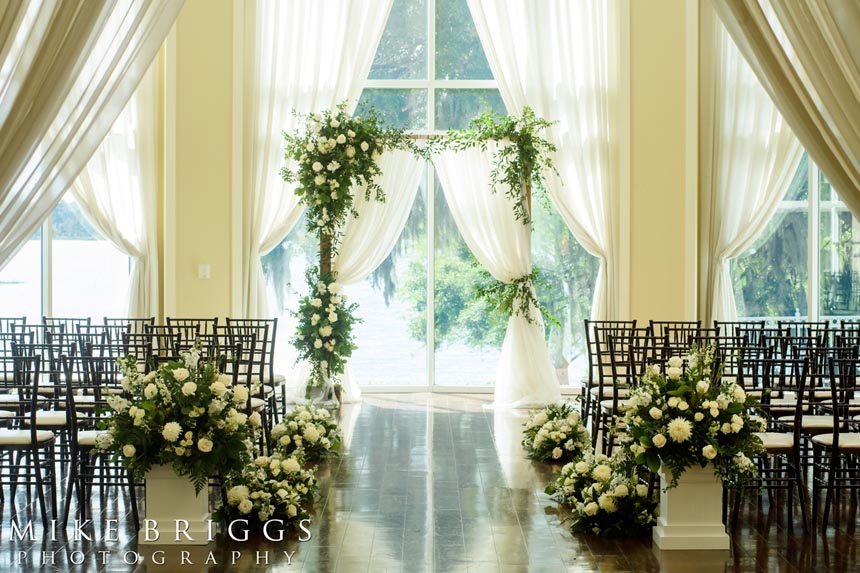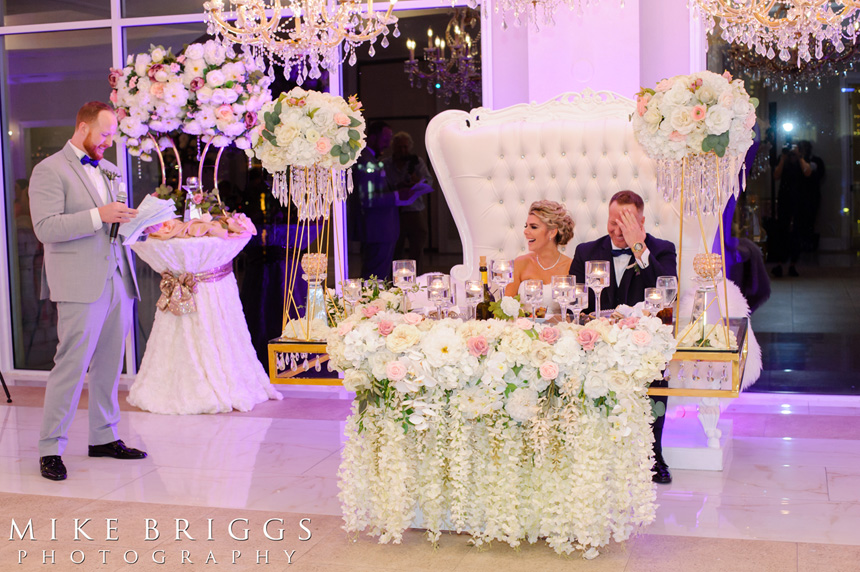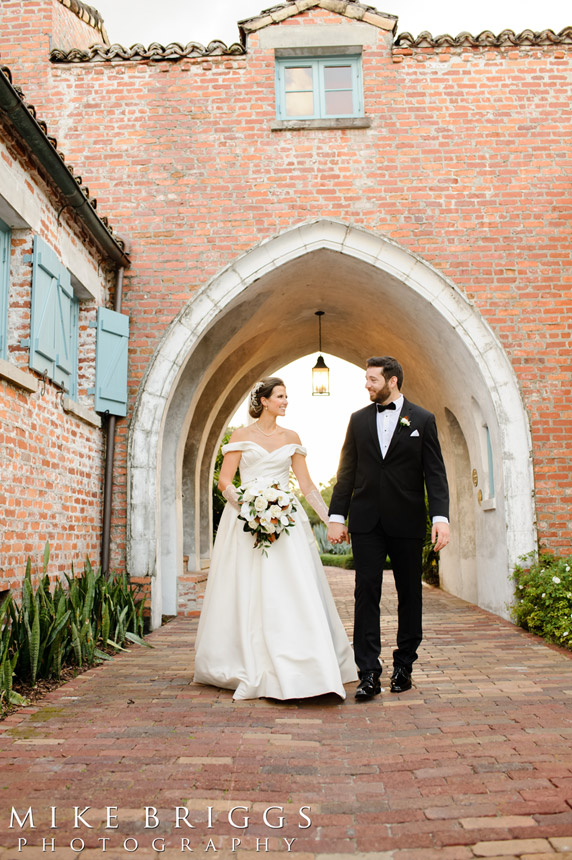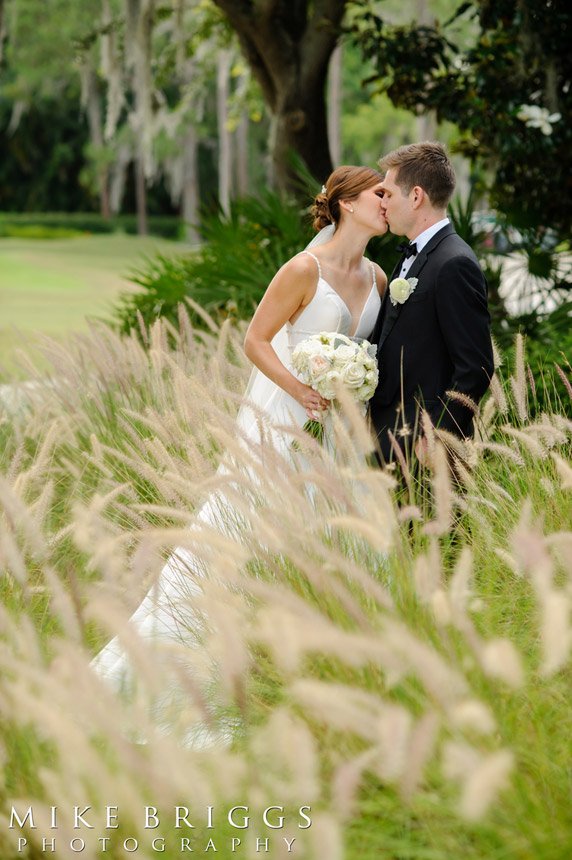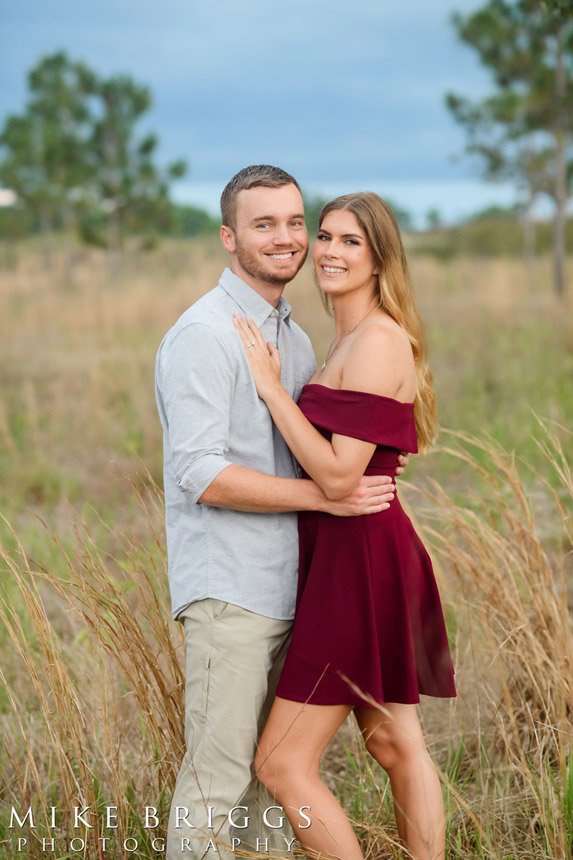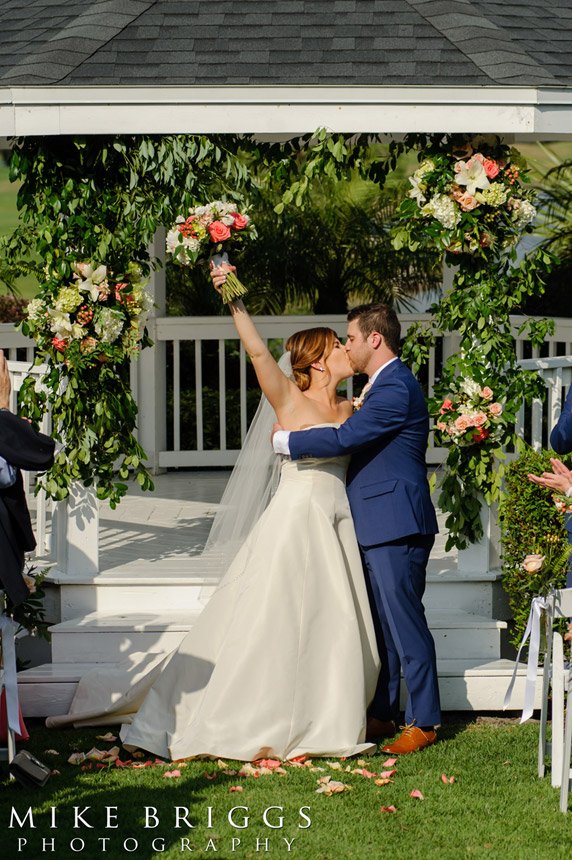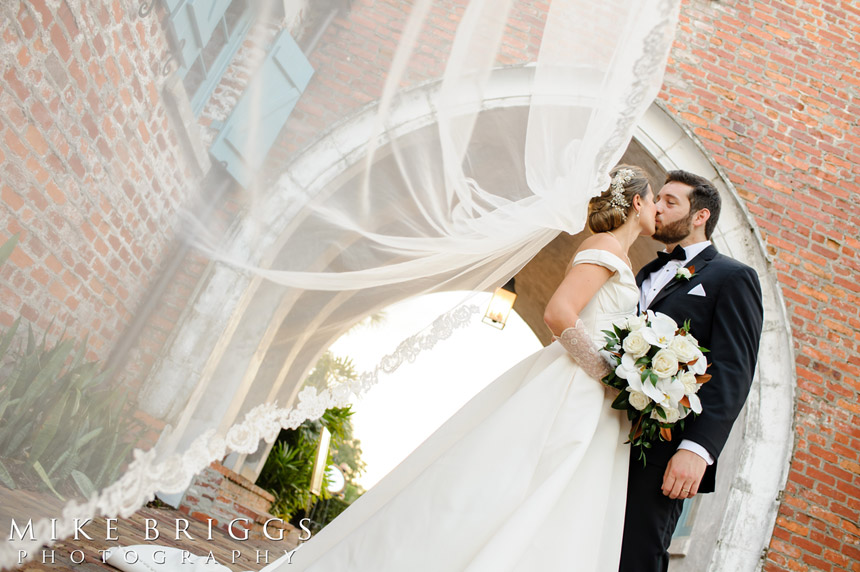
How to Elope
A Complete Guide to Eloping
Eloping has evolved from its once secretive, rebellious connotations into a cherished way for couples to exchange vows in a deeply personal, intimate setting. Gone are the days when eloping meant sneaking off without telling anyone. Today, elopements are celebrated as unique, meaningful, and adventurous alternatives to traditional weddings. Whether you’re drawn to the idea of a romantic mountaintop ceremony with just the two of you, or a small, meaningful gathering with close family and friends, eloping offers endless possibilities.
In this comprehensive eloping planning guide, we’ll take you through everything you need to know about how to plan to elope, including tips for including family, choosing the perfect location, and creating your eloping timeline. We’ll also explore the logistics, such as finding an officiant for your elopement, writing your vows, and even sharing the news with elopement announcements. By the end, you’ll have a clear roadmap on how to elope for your special day, and you might even find yourself wondering if eloping is the perfect choice for your wedding.
What Does It Mean to Elope?
Before diving in, it’s essential to define what “elope” means in today’s context. Traditionally, “to elope” meant running away to get married in secret, often without parental approval. However, the modern definition of eloping has shifted. Today, eloping simply means forgoing the traditional large wedding in favor of a more intimate and often adventurous ceremony.
When couples elope, they typically choose to focus on their relationship and the act of getting married itself, rather than planning a large event. Choosing to elope may still involve some planning and coordination, but it tends to be much more relaxed and spontaneous than traditional weddings. Eloping also offers the flexibility to personalize the day, making it a truly memorable experience.
Why Choose an Elopement?
There are many reasons why couples choose to elope. For some, the idea of a grand, traditional wedding just doesn’t resonate. For others, eloping offers the opportunity to focus on the most important part of the day—their love and commitment—without the distractions of a large event. Here are some popular reasons couples decide to elope:
- Intimacy: Eloping allow you to focus solely on each other, with fewer distractions and less pressure.
- Adventure: Many couples choose to elope in stunning, remote locations like mountaintops, forests, or beaches.
- Budget-Friendly: Traditional weddings can be costly, while eloping tends to be more affordable, with fewer guests and fewer expenses.
- Less Stress: Without the pressure of planning a large event, eloping can be much more relaxed and low-key.
- Flexibility: Eloping gives you the freedom to plan a wedding that reflects your personalities and desires, without feeling constrained by tradition or expectation.
How to Elope
Planning an elopement may be simpler than a traditional wedding, but it still requires thoughtful preparation. Here’s a step-by-step guide to help you navigate the process of planning your perfect elopement.
1. Choose Your Elopement Location
The location is one of the most critical aspects of planning your elopement. Whether you envision exchanging vows on a windswept cliff, in a forest, or in a cozy city hall, the setting will set the tone for your day. Here are some ideas to inspire you:
- Elope in Nature: National parks, beaches, mountains, or forests offer awe-inspiring backdrops for adventurous couples to elope.
- Eloping in the City: If you prefer the buzz of the city, consider getting married at a local courthouse or in a chic downtown venue.
- Destination Elopements: Traveling to a faraway destination, like a romantic European city or an exotic beach, can make eloping feel like a honeymoon and wedding all in one.
2. Decide Who to Invite
One of the most significant decisions you’ll make is whether to elope alone or invite a small group of family and friends. While traditional elopements typically involved just the couple, modern eloping often include a few close loved ones. If you decide to invite guests, make sure to consider travel logistics, accommodations, and any necessary elopement invitations.
If you’re planning to include family, it’s essential to communicate your intentions early. While some relatives may be disappointed not to elope with you and be part of a larger celebration, you can reassure them that they’ll still be part of a meaningful experience. Consider creating elopement announcements or elopement invitations wording that highlights the intimacy of your ceremony.
3. Hire an Officiant to Elope
Even though eloping tends to be more casual than traditional weddings, you still need someone to officiate your ceremony. Depending on where you plan to elope, you might need to hire a local officiant or even have a friend or family member ordained to perform the ceremony. Be sure to research the legal requirements in your location in order to elope, as rules vary by state and country.
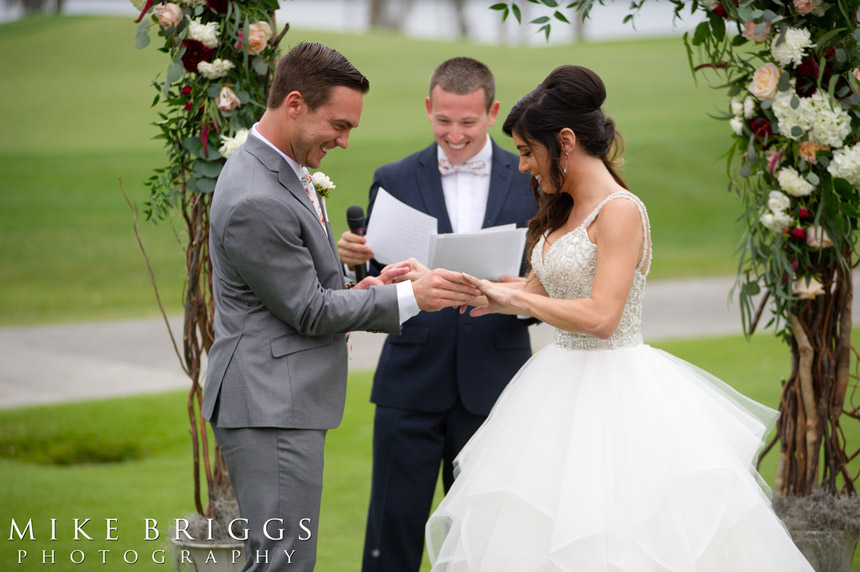
4. Create Your Elopement Timeline
While elopements are often spontaneous and relaxed, it’s still helpful to have a loose timeline to ensure everything runs smoothly. Start by considering the logistics—such as travel time, getting ready, the ceremony itself, and any post-ceremony celebrations. Keep in mind that eloping doesn’t have to follow a strict schedule. You can customize your timeline to suit your needs and desires, allowing for a flexible, stress-free day.
For example:
- Morning or Afternoon Ceremony: Start the day with a relaxed breakfast before heading to your ceremony location.
- Post-Ceremony Activities: Depending on your location, you might want to go on a hike, have a picnic, or enjoy a romantic dinner.
- Photography Time: Allocate time for your elopement pictures, as these will serve as lasting memories of your special day.
5. Personalize Your Elopement Ceremony
One of the best parts of eloping is the freedom to craft a ceremony that’s personal and meaningful. From writing your own elopement vows to choosing unique rituals, your elopement ceremony can be anything you want it to be. Here are some ideas for personalizing your ceremony:
- Write Your Own Vows: Elopement vows tend to be more intimate and personal than traditional wedding vows. Take time to write from the heart, expressing your love and commitment.
- Incorporate a Special Ritual: Consider including a symbolic ritual, like a handfasting or a unity candle, to add depth to your ceremony.
- Choose Meaningful Music: If you choose to elope in nature, you might not have a sound system. Consider bringing a portable speaker for your favorite song or enjoying the natural sounds around you.
6. Plan Post-Elopement Celebrations
Even though you’re choosing to elope, you can still celebrate with your loved ones. After the ceremony, you might want to host a small dinner or gathering to share your joy with family and friends. If you’re eloping abroad, plan a local reception for when you return home. When it comes to elopement announcements, you can choose whether to let people know beforehand or surprise them after the fact. There are many fun and creative eloping announcements wording options to choose from.
7. Share the News with Elopement Announcements
Once you’ve tied the knot, it’s time to share the exciting news with your loved ones. Elopement cards or announcements are a fun way to let friends and family know you’ve eloped. Whether you send out a traditional card or create a funny eloping announcement, this is your chance to celebrate your decision with those who matter most.
If you want to keep it light-hearted, consider some funny elopement announcement wording options, like:
- “We didn’t run away, we just ran to each other!”
- “We tied the knot… quietly.”
You can also opt for more formal or heartfelt wording, depending on your style and relationship with the recipients.
How to Plan an Elopement with Family
Including family while you elope can make it a more meaningful experience, but it requires a bit of extra planning. Here are some tips for planning an elopement with family:
- Choose a Location that Accommodates Guests: If you’re eloping in a remote area, make sure the location is accessible for your loved ones.
- Communicate Early: Let your family know your plans ahead of time so they can be part of the day, either in person or virtually.
- Consider a Post-Elopement Celebration: If you can’t invite everyone to your elopement, plan a larger reception afterward where family and friends can celebrate with you.
The Role of Photography in Your Elopement
No matter how small or intimate your elopement is, having beautiful elopement pictures will help you remember the day forever. Investing in a talented photographer who specializes in helping you elope is crucial, as they’ll be able to capture the unique details and emotions of your day.
Why Photography Matters
When you elope, you may not have as many guests or traditional elements as a larger wedding, but that doesn’t mean your day is any less special. In fact, elopement photography can be even more meaningful because it captures the intimacy and raw emotion of your ceremony. Whether you’re exchanging vows in a secluded forest or on a windy cliff, your photographer will be there to document the love and connection you share.
Tips for Capturing Beautiful Elopement Photos
- Discuss Locations with Your Photographer: Before eloping, work with your photographer to talk about locations that reflect your personalities and the mood you want for your photos.
- Embrace Candid Moments: Some of the best elopement pictures come from unscripted moments. Don’t be afraid to let go and enjoy the day.
- Plan for Natural Light: Elopements often take place outdoors, so consider the time of day and lighting when scheduling your ceremony and photo session.
Working with a Wedding Photographer for Your Elopement
Your wedding photographer will play a significant role in your elopement experience. Be sure to choose someone whose style resonates with you and who makes you feel comfortable. They’ll not only capture the big moments but also the small, meaningful ones that make your day unique.
Eloping allows you to focus on what truly matters: your love and commitment to each other. With careful planning, a personalized ceremony, and beautiful photography, eloping can be just as memorable and magical as any traditional wedding.
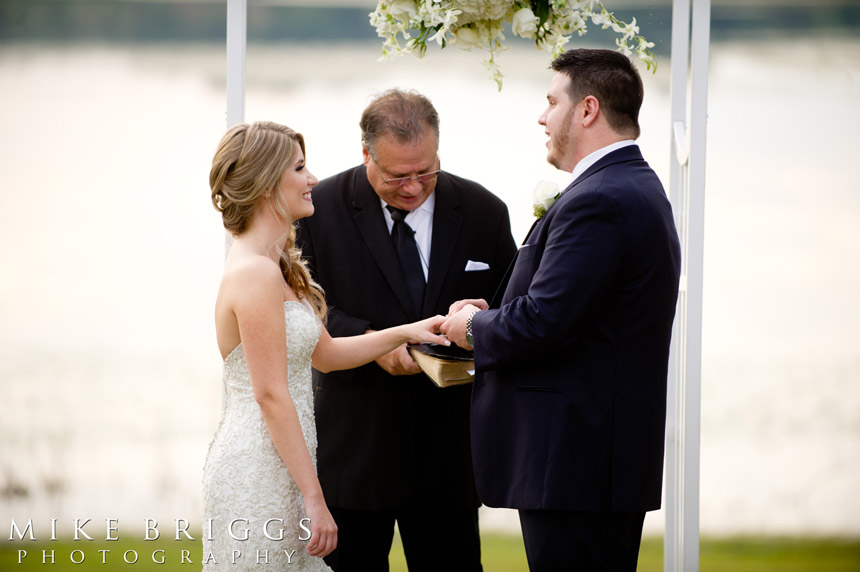
Eloping Your Way
Planning an elopement is an incredibly personal and rewarding experience, offering you the freedom to focus on your love and commitment without the pressures of a traditional wedding. While the meaning of eloping has evolved over the years, the essence remains the same—it’s about creating a day that’s uniquely yours, whether it’s a spontaneous adventure or an intimate gathering with loved ones. Eloping allows you to choose a setting that speaks to your relationship, whether that’s a scenic natural landscape, a cozy city location, or a faraway destination.
By following this elopement planning guide, you can ensure that your day feels meaningful and stress-free. From selecting the perfect eloping location to deciding who to invite, there are many options to craft a day that reflects your love story. Including family can add to the significance of your elopement, and there are countless ways to incorporate them, whether through invitations, announcements, or a small post-elopement celebration.
One of the best parts of eloping is the opportunity to personalize your ceremony. Writing your own elopement vows, choosing an officiant who knows you well, and incorporating unique rituals or music can make your ceremony feel truly special. Additionally, crafting a flexible eloping timeline ensures that your day flows smoothly without the rigidity of a traditional wedding schedule.
Sharing your exciting news with elopement announcements or invitations allows you to involve loved ones in your journey, even if they weren’t physically present at the ceremony. Whether you opt for formal or funny eloping announcements, this is your chance to celebrate your decision with those who matter most.
Most importantly, capturing the memories through photography is essential. Working with a talented photographer who understands the essence of an elopement can make all the difference in documenting the intimacy, beauty, and emotion of your day. Your eloping photos will become cherished keepsakes, capturing the raw moments that define your love and commitment.
Eloping is a wonderful way to start your married life together, free from the constraints of traditional expectations. By focusing on what matters most to you, eloping can be as magical and memorable as any grand wedding, if not more so.
Frequently Asked Questions About Eloping
How much does it cost to elope?
The cost to elope varies depending on the location, your preferences, and the scale of your elopement. On average, eloping is much more affordable than a traditional wedding. Basic elopement costs can range from $500 to $2,000, including the marriage license, officiant, and perhaps a small celebratory dinner.
However, if you choose to travel for your elopement or hire a photographer, the costs may increase. Destination elopements, particularly to exotic or faraway locations, can range from $3,000 to $10,000, depending on travel and accommodation. Overall, eloping allows couples to focus on what’s important to them without the expense of a large event.
What is the proper way to elope?
There is no one “proper” way to elope—eloping is about creating a wedding experience that reflects your unique relationship. Traditionally, eloping meant running away to get married secretly, but today, couples elope to focus on intimacy and personal connection. The proper way to elope involves getting a marriage license, choosing a meaningful location, and having an officiant to legally marry you.
You can invite a few guests or keep your elopement private, depending on your preferences. Some couples elope in beautiful, remote locations, while others opt for a simple courthouse ceremony. There are endless ways to personalize your elopement, from writing your own vows to planning post-elopement celebrations with family and friends.
Is getting eloped a real marriage?
Yes, eloping results in a legal marriage, as long as you follow the legal requirements for marriage in your chosen location. Whether you elope in a courthouse, on a beach, or in a foreign country, your marriage is just as valid as one performed at a traditional wedding. The key is to ensure you obtain a marriage license and have an authorized officiant present to perform the ceremony.
After your elopement, you’ll file the signed marriage license with the local courthouse, and you’ll receive your marriage certificate, just like any other couple.
How long does it take to elope?
The time it takes to elope depends on how elaborate or simple you want your elopement to be. For couples planning a spontaneous courthouse elopement, the process can be completed in as little as a day, as long as you have your marriage license and an officiant.
For destination or adventure elopements, the planning process may take a few weeks to several months, depending on the location and logistics. The actual elopement ceremony itself is typically short and sweet, often lasting no more than 10 to 20 minutes, but the planning timeline is flexible based on your preferences.
How to elope in Florida?
Eloping in Florida is a beautiful option for couples seeking a sunny, beachside ceremony or a more intimate setting. To elope in Florida, you’ll need to follow a few simple steps. First, obtain a marriage license from any Florida courthouse, as the state does not have residency requirements for marriage. You can apply for the license in person or online, and there’s a three-day waiting period for Florida residents (no waiting period for non-residents).
Once you have your marriage license, choose your elopement location. Florida offers a range of stunning elopement spots, from the white sand beaches of the Gulf Coast to charming gardens or historic sites like St. Augustine. You’ll also need an officiant to legally marry you, and you can invite a few guests or keep it private.
Central Florida Wedding Photographer – Mike Briggs Photography




